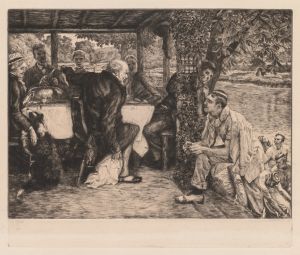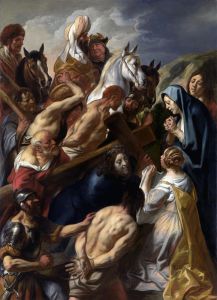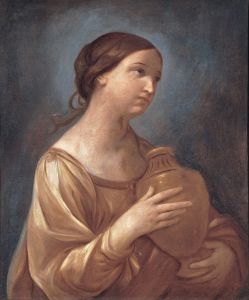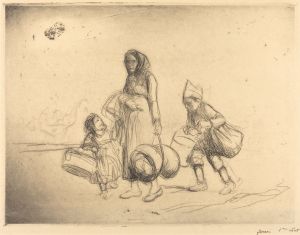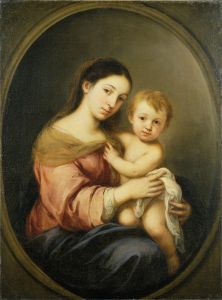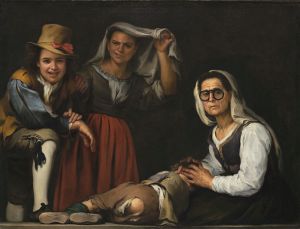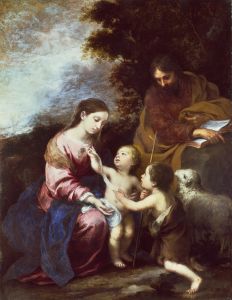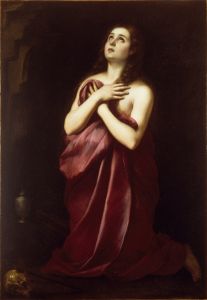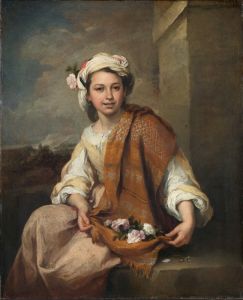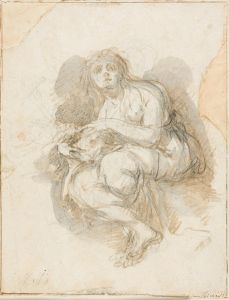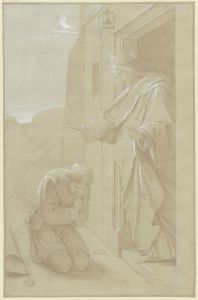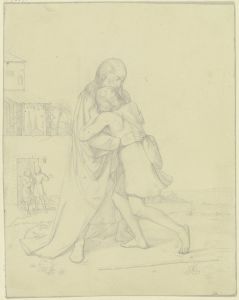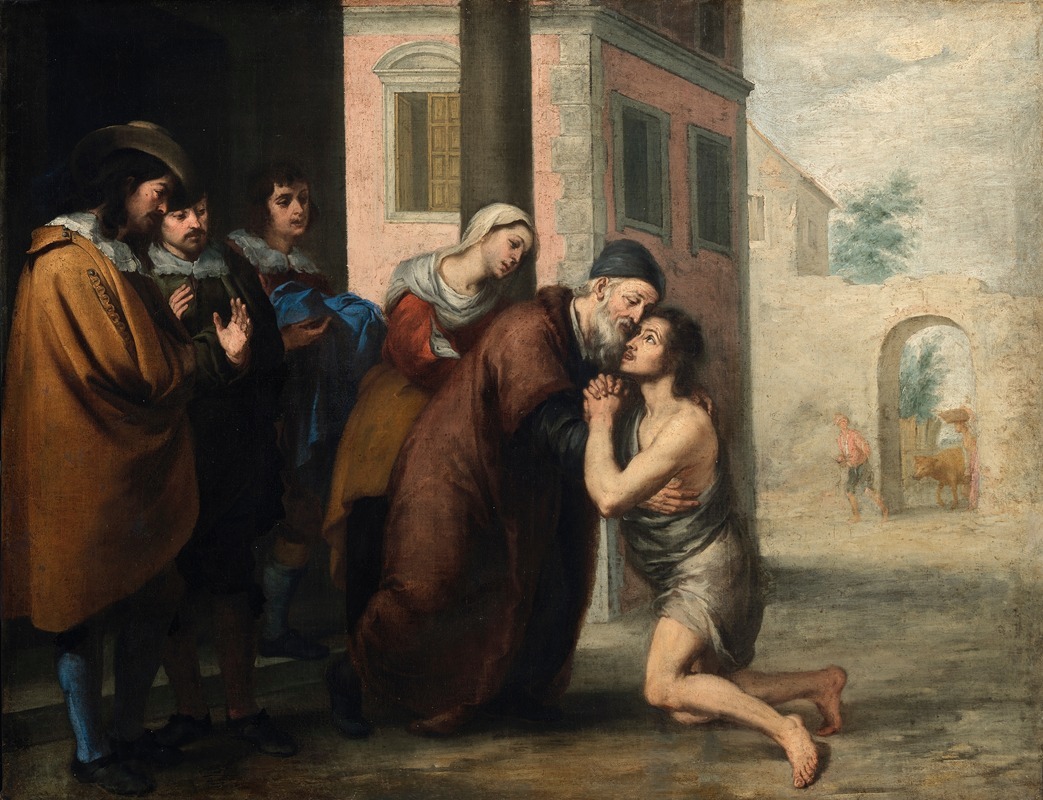
The Return of the Prodigal Son
A hand-painted replica of Bartolomé Estebán Murillo’s masterpiece The Return of the Prodigal Son, meticulously crafted by professional artists to capture the true essence of the original. Each piece is created with museum-quality canvas and rare mineral pigments, carefully painted by experienced artists with delicate brushstrokes and rich, layered colors to perfectly recreate the texture of the original artwork. Unlike machine-printed reproductions, this hand-painted version brings the painting to life, infused with the artist’s emotions and skill in every stroke. Whether for personal collection or home decoration, it instantly elevates the artistic atmosphere of any space.
Bartolomé Esteban Murillo, a prominent Spanish Baroque painter, is renowned for his religious works and genre scenes that capture the essence of 17th-century Spain. Among his notable works is "The Return of the Prodigal Son," a painting that exemplifies his mastery in depicting biblical narratives with emotional depth and realism.
"The Return of the Prodigal Son" is based on the parable from the Gospel of Luke in the New Testament, which tells the story of a wayward son who squanders his inheritance but is ultimately forgiven and welcomed back by his father. This parable has been a popular subject in Christian art, symbolizing themes of repentance, forgiveness, and divine mercy.
Murillo's interpretation of this biblical story is characterized by his use of soft, warm colors and a composition that draws the viewer into the emotional core of the narrative. The painting captures the moment of reconciliation between the father and son, emphasizing the themes of compassion and forgiveness. Murillo's skillful use of light and shadow enhances the emotional impact of the scene, highlighting the expressions and gestures of the figures.
In the painting, the father is depicted with open arms, welcoming his repentant son with a tender embrace. The son's posture and expression convey humility and remorse, while the father's face reflects love and forgiveness. This interaction is central to the composition, drawing attention to the transformative power of forgiveness. Murillo's ability to convey complex emotions through facial expressions and body language is evident in this work.
Murillo's "The Return of the Prodigal Son" is also notable for its attention to detail and the realistic portrayal of the figures' clothing and surroundings. The artist's meticulous approach to texture and form adds depth to the painting, making the scene more relatable and human. This attention to detail is a hallmark of Murillo's style, contributing to the lifelike quality of his works.
The painting is part of a series of works by Murillo that depict the parable of the Prodigal Son, each capturing different moments of the story. This series reflects Murillo's interest in exploring the narrative and emotional dimensions of biblical tales, as well as his ability to convey moral and spiritual lessons through art.
Murillo's work was highly influential during his lifetime and continues to be celebrated for its emotional resonance and technical skill. "The Return of the Prodigal Son" exemplifies his ability to blend religious themes with a humanistic approach, making the story accessible and moving for viewers.
Today, Murillo's paintings, including "The Return of the Prodigal Son," are held in high regard and can be found in major art collections and museums around the world. His contributions to the Baroque period and his impact on the development of Spanish art remain significant, with his works continuing to inspire and captivate audiences.





